Google’s upcoming Chrome 66 brings automatic autoplay muting
3 min. read
Updated on
Read our disclosure page to find out how can you help Windows Report sustain the editorial team. Read more
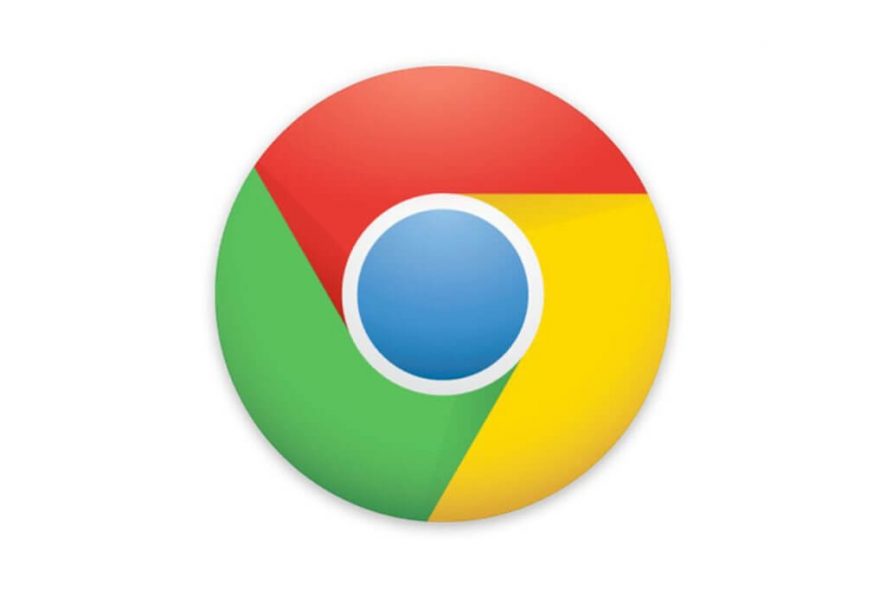
Google will shortly release Chrome 66 that will come with a much-awaited feature, automatic autoplay muting. This means that the future version of Chrome will not play audio from a website if some conditions are not checked. This will stop the frustrating noise made but random tabs when you least expect it.
There also another change included in the new version of the browser and it refers to the fact that Chrome will expose more data about the media decoding capabilities of the host PC, but this features did not attract too much interest from users.
Chrome’s target is improved user experience
Google has been improving Chrome’s way of handling user interruptions. For instance, Chrome 64 offered users the ability to permanently mute particular websites, and this handy features also persisted across multiple browser sessions. Back in February, Google also launched a new built-in ad blocker that turned out to be extremely useful. It’s true that previous versions of Chrome were able to mute entire tabs, but this new autoplay block feature is more complex, attempting to understand whether the user wants autoplay to function or not.
How automatic autoplay muting features works
Here’s how the new feature will work. Autoplay will only be allowed under the following conditions:
- If the video has no sound
- If the user clicked or tapped on the website in order to interact with it
- If the user added the website to the Home Screen
- If the user showed previous interest in the media included in that particular website
Users’ interest in media is measured by Media Engagement Index
The MEI explanatory document presents relevant autoplay criteria more in-depth. First of all, media must be significant, with a minimum frame-size, playback time and audio track.
Videos that don’t meet all these criteria are not counted for the purpose of determining whether users are interested in autoplay video. If the video meets all the requirements, the user must choose to interact with it and must have visited the website for at least five times before the autoplay function will be enabled. The final MEI score is reached by dividing the number of video playbacks by the total number of visits. If the score is higher than 0.7, the website will be allowed to autoplay video.
According to Google, the MEI score will help media heavy websites such as YouTube or Netflix to rely on autoplay for their core experiences.
RELATED STORIES TO CHECK OUT:
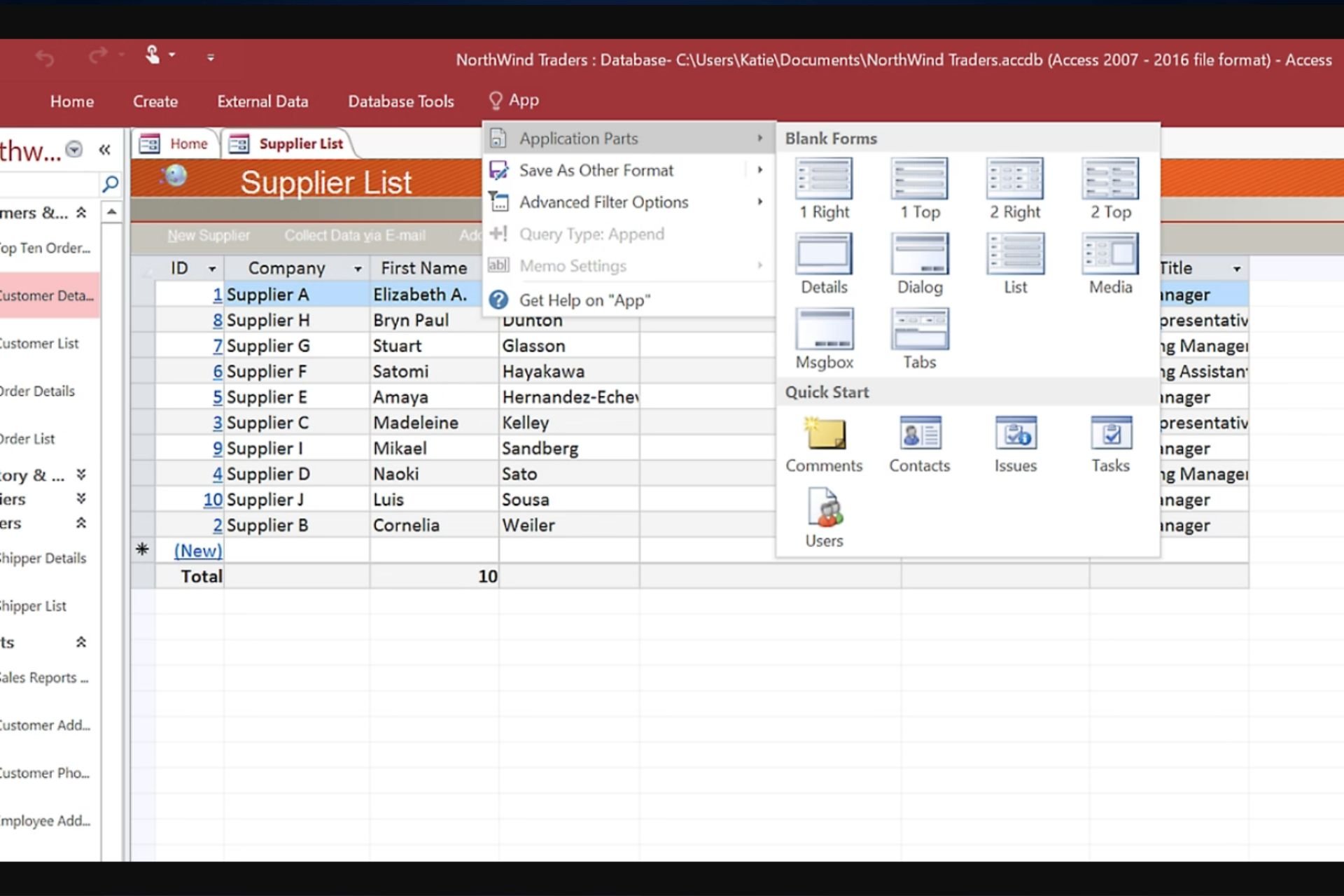
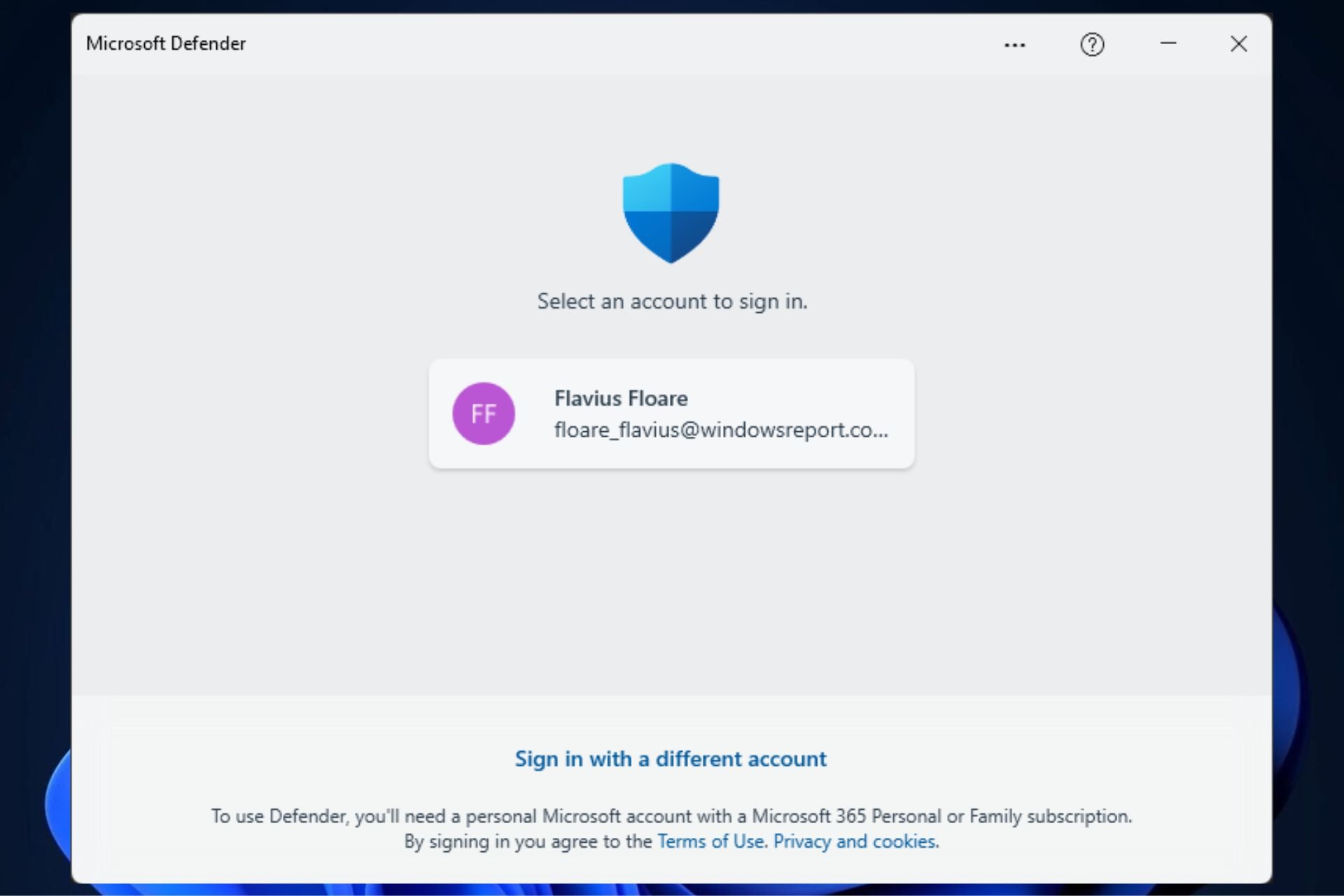
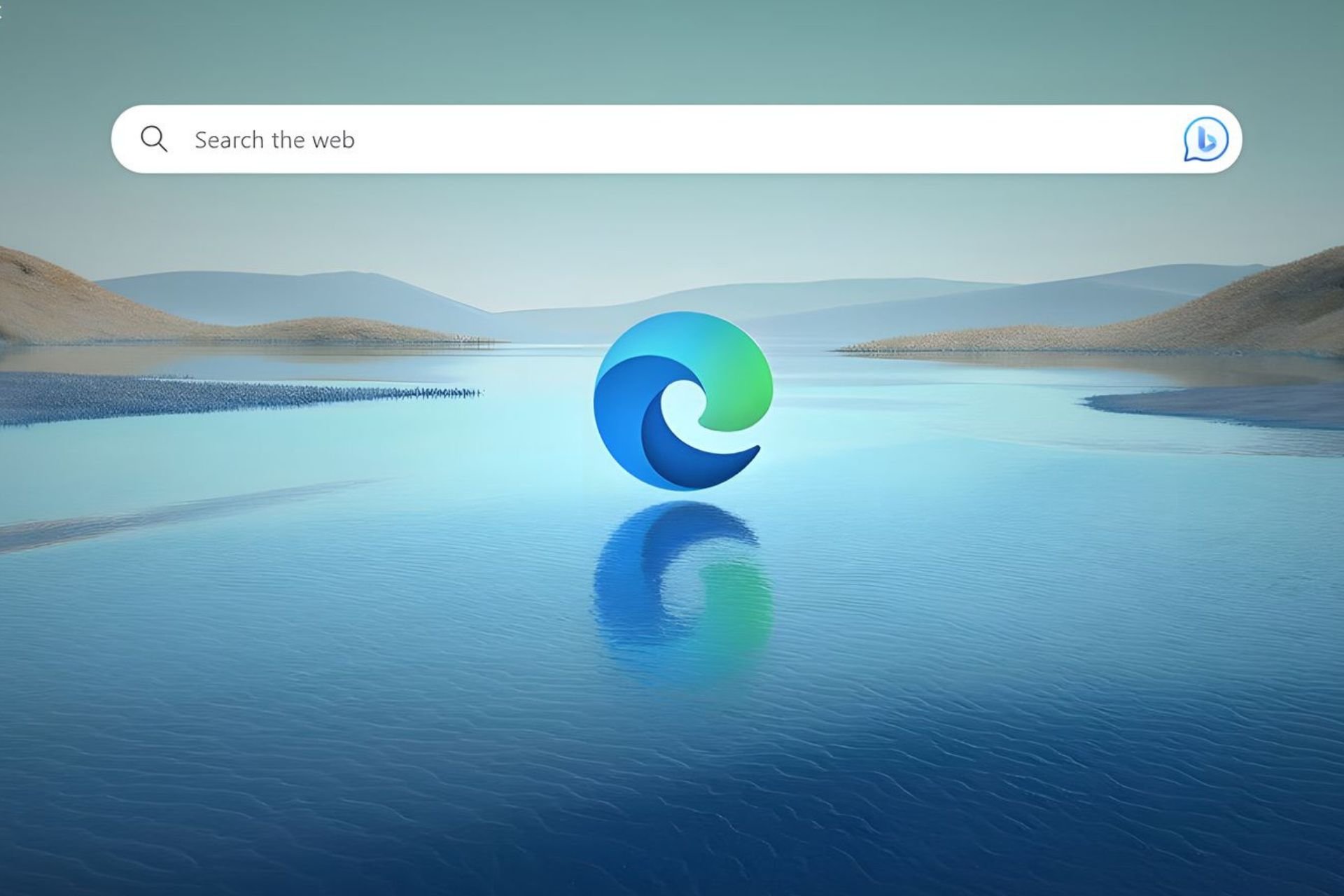



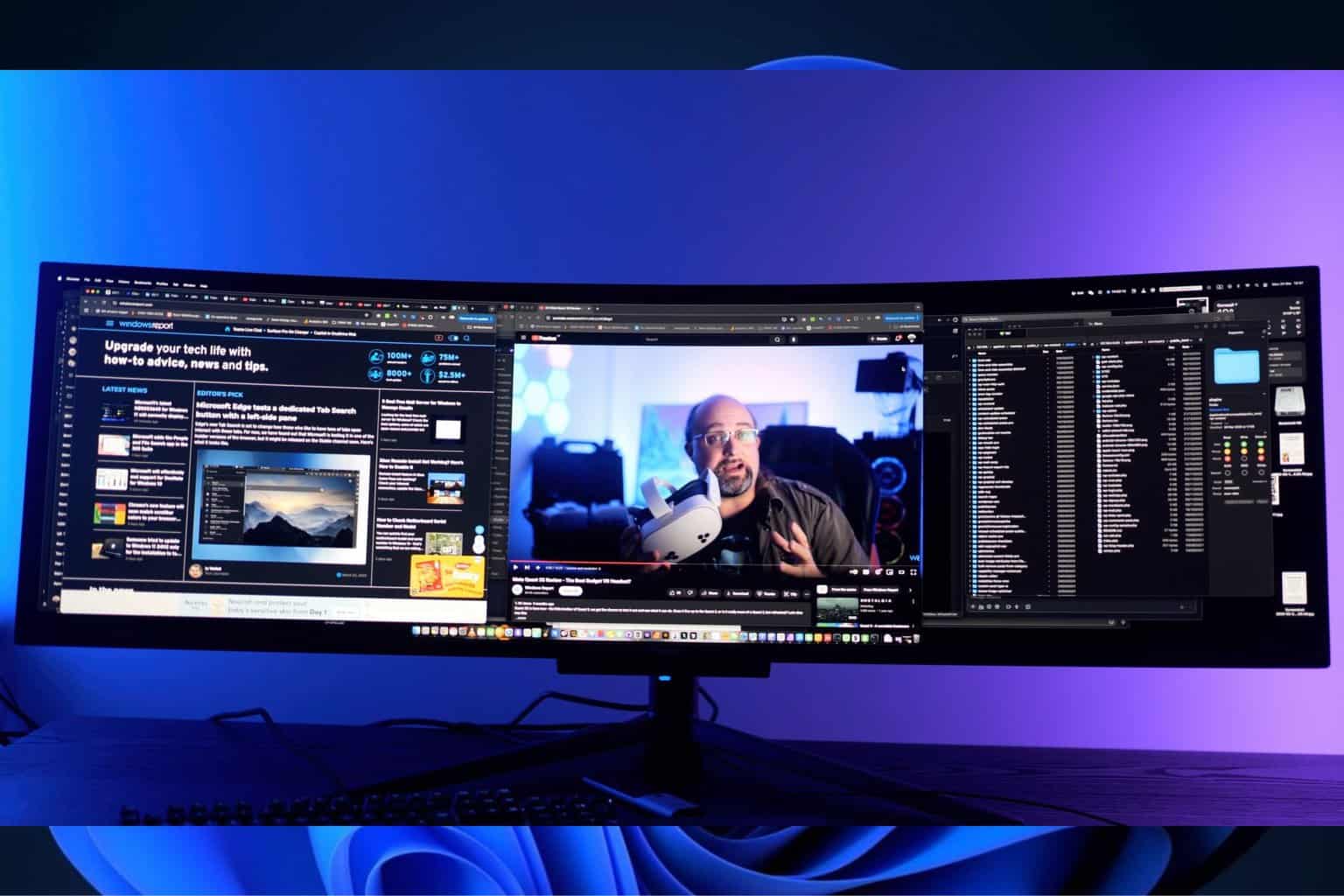
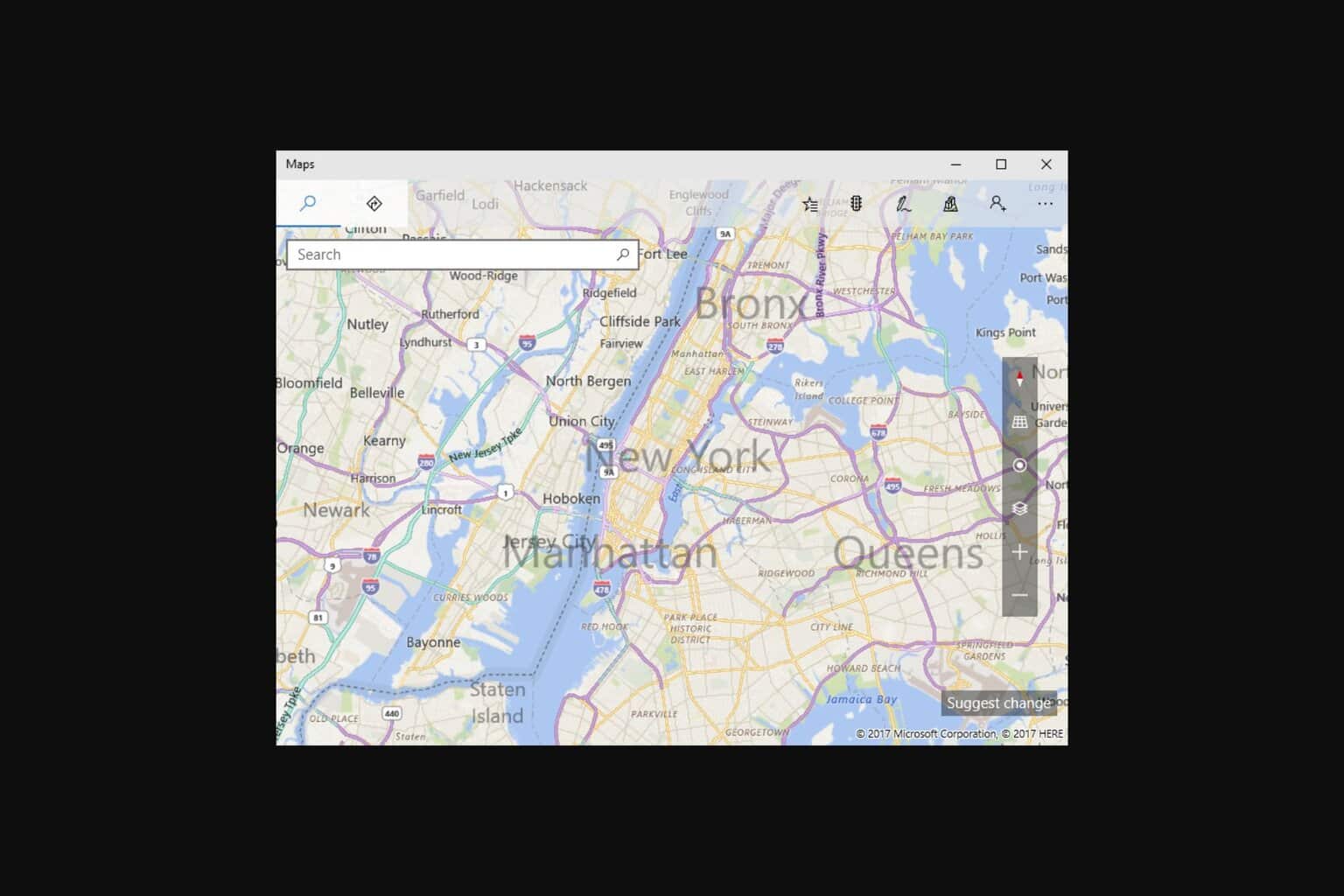
User forum
0 messages